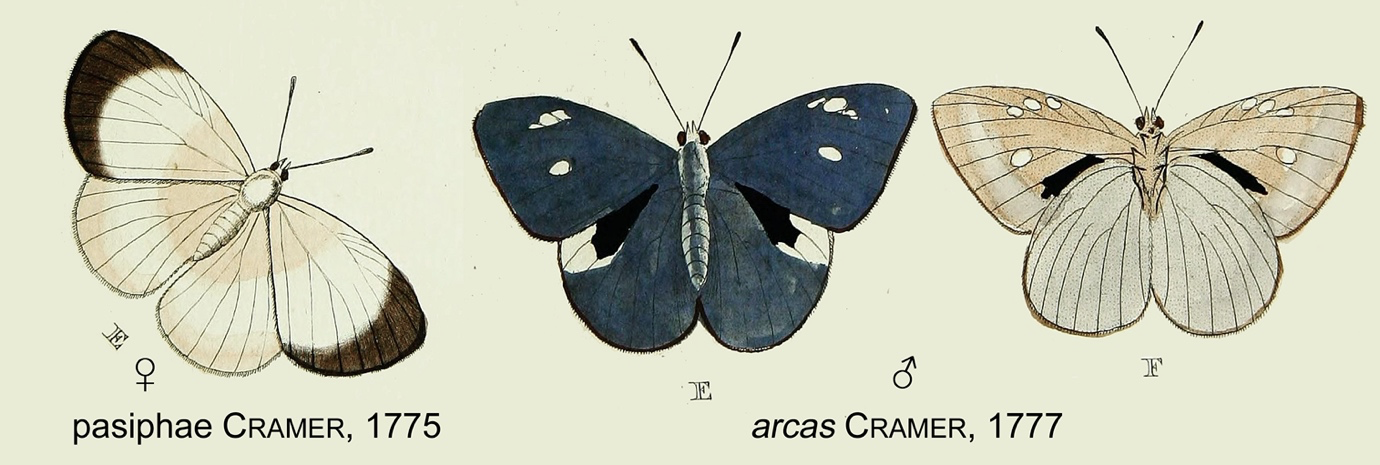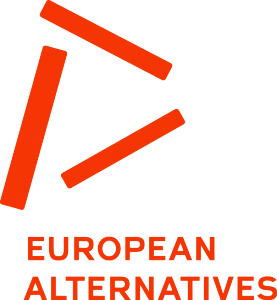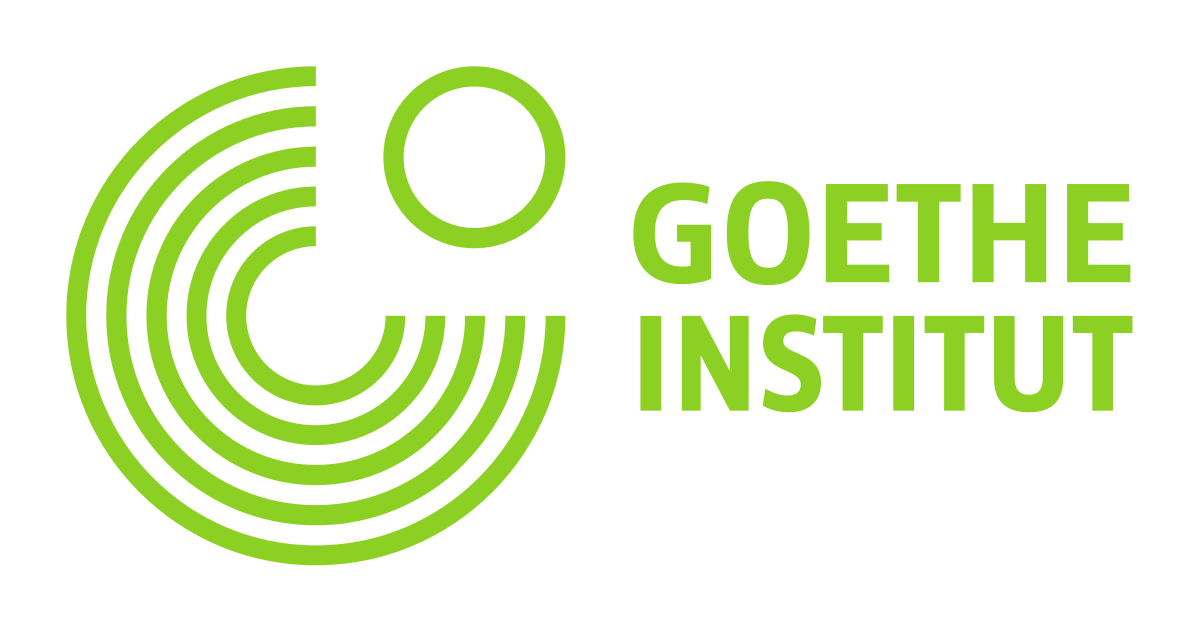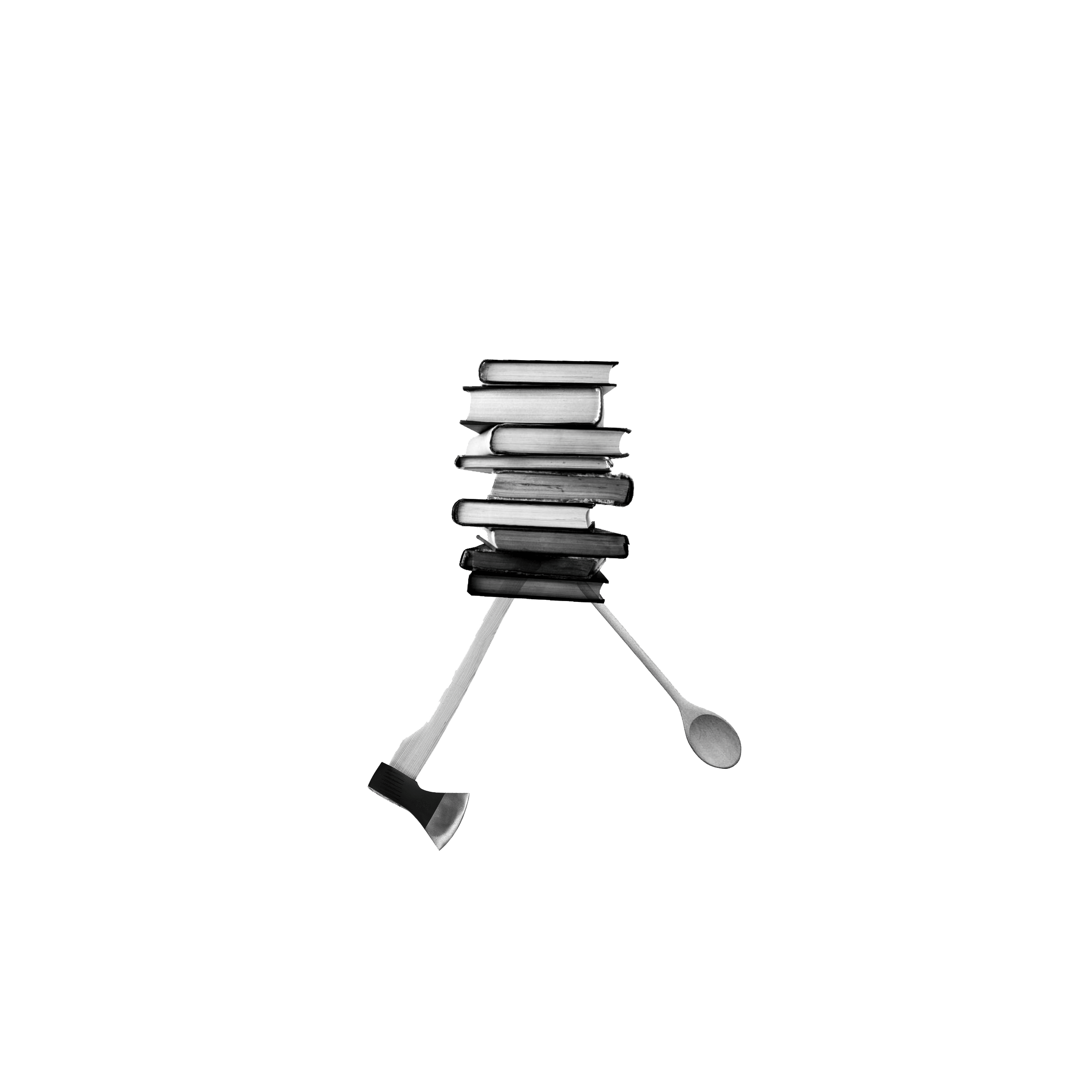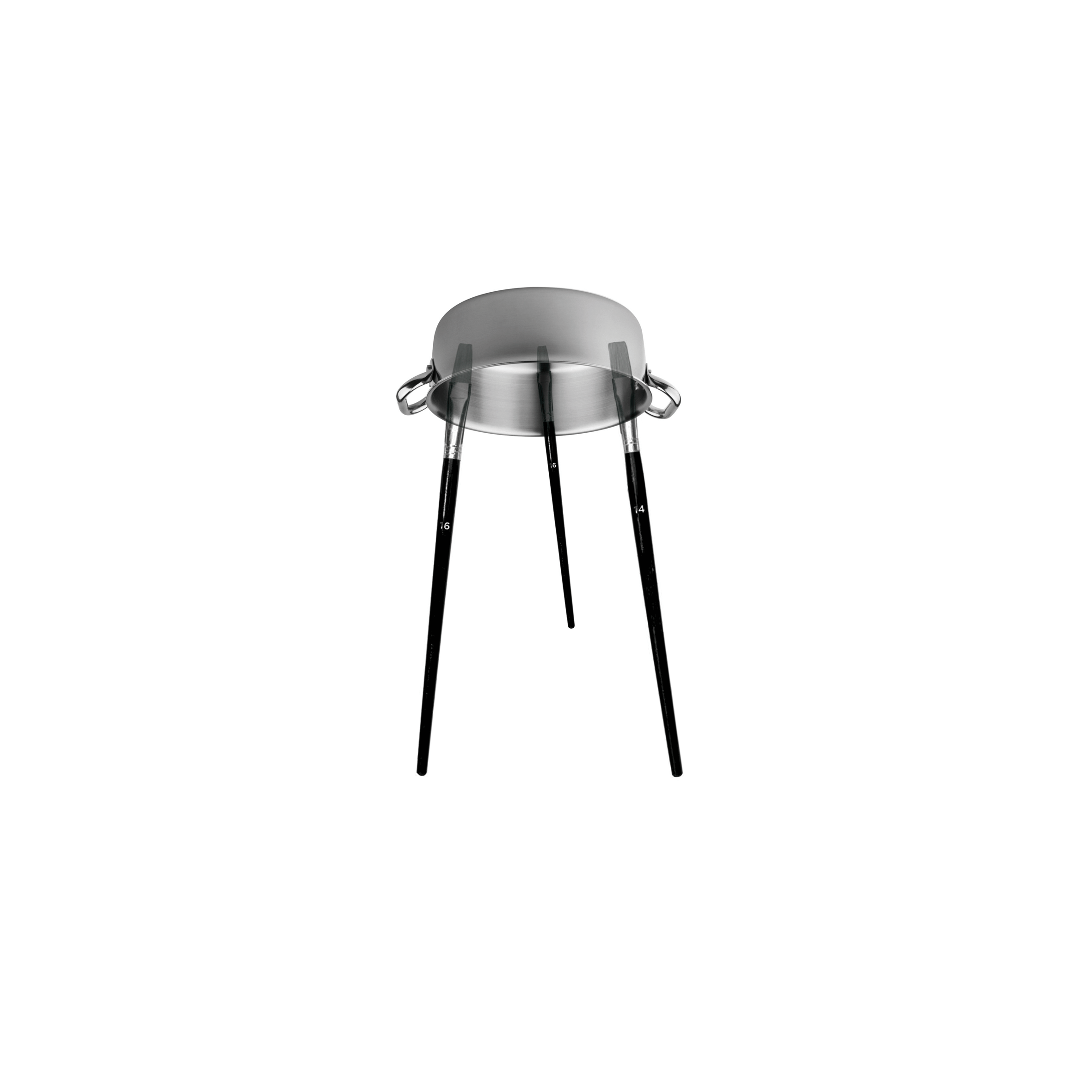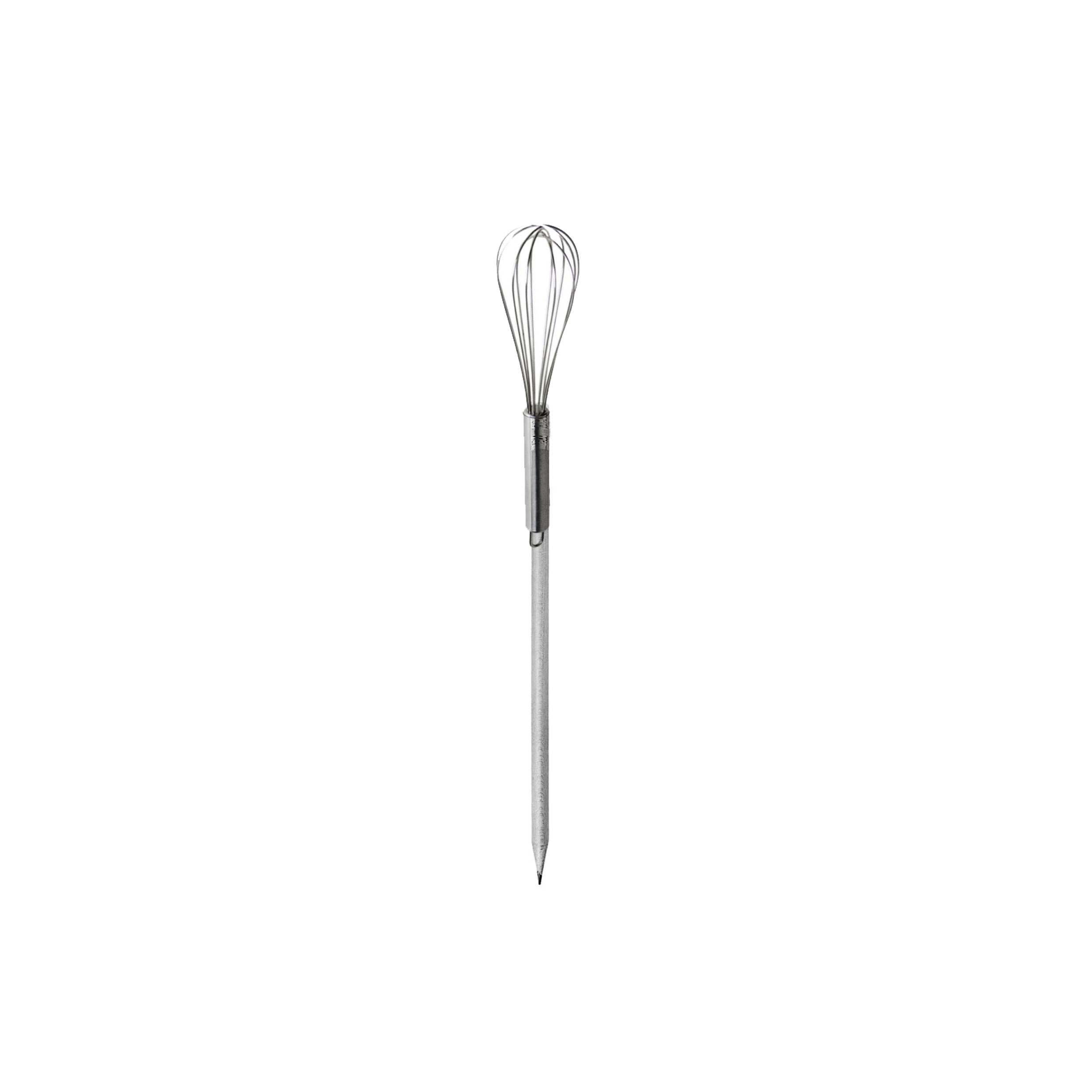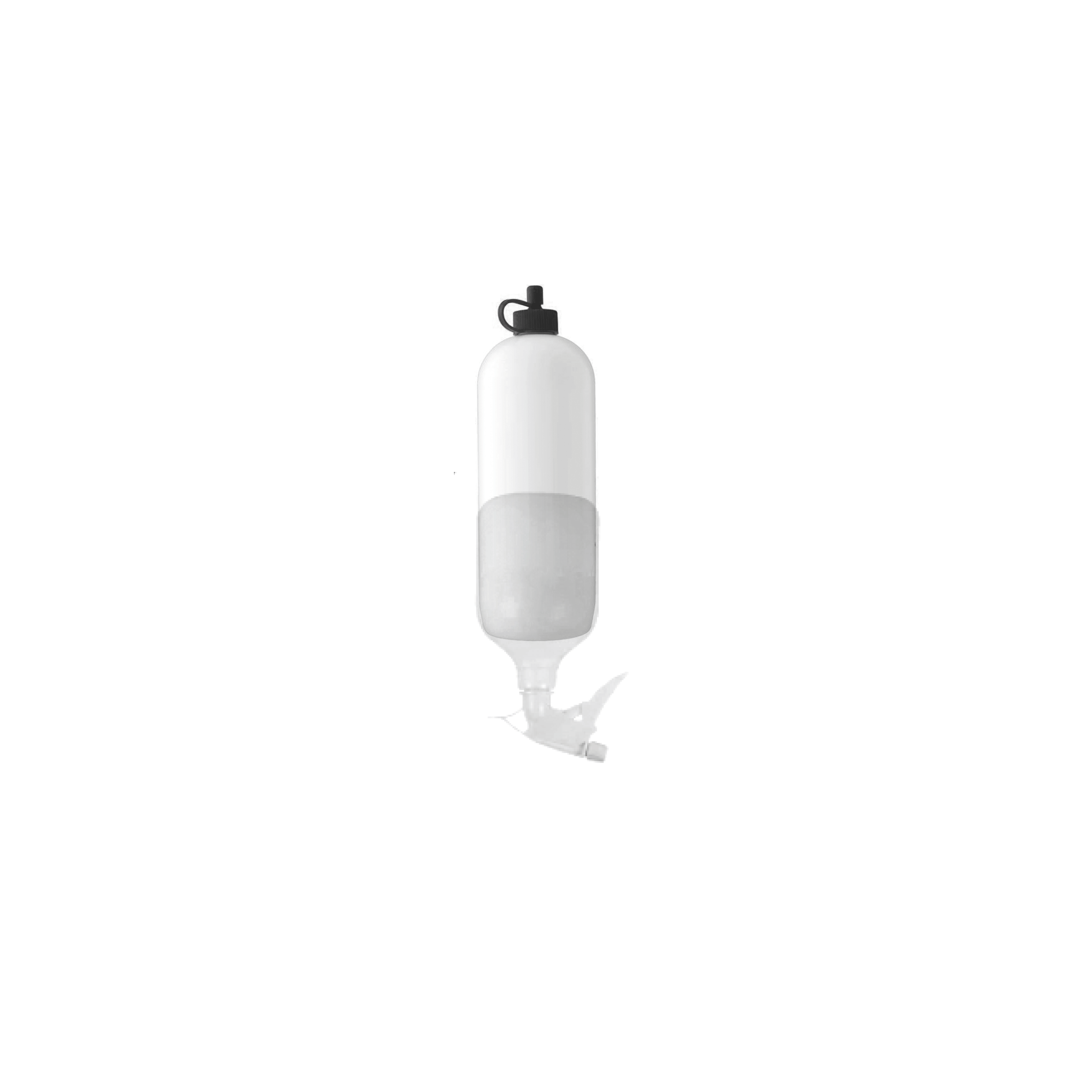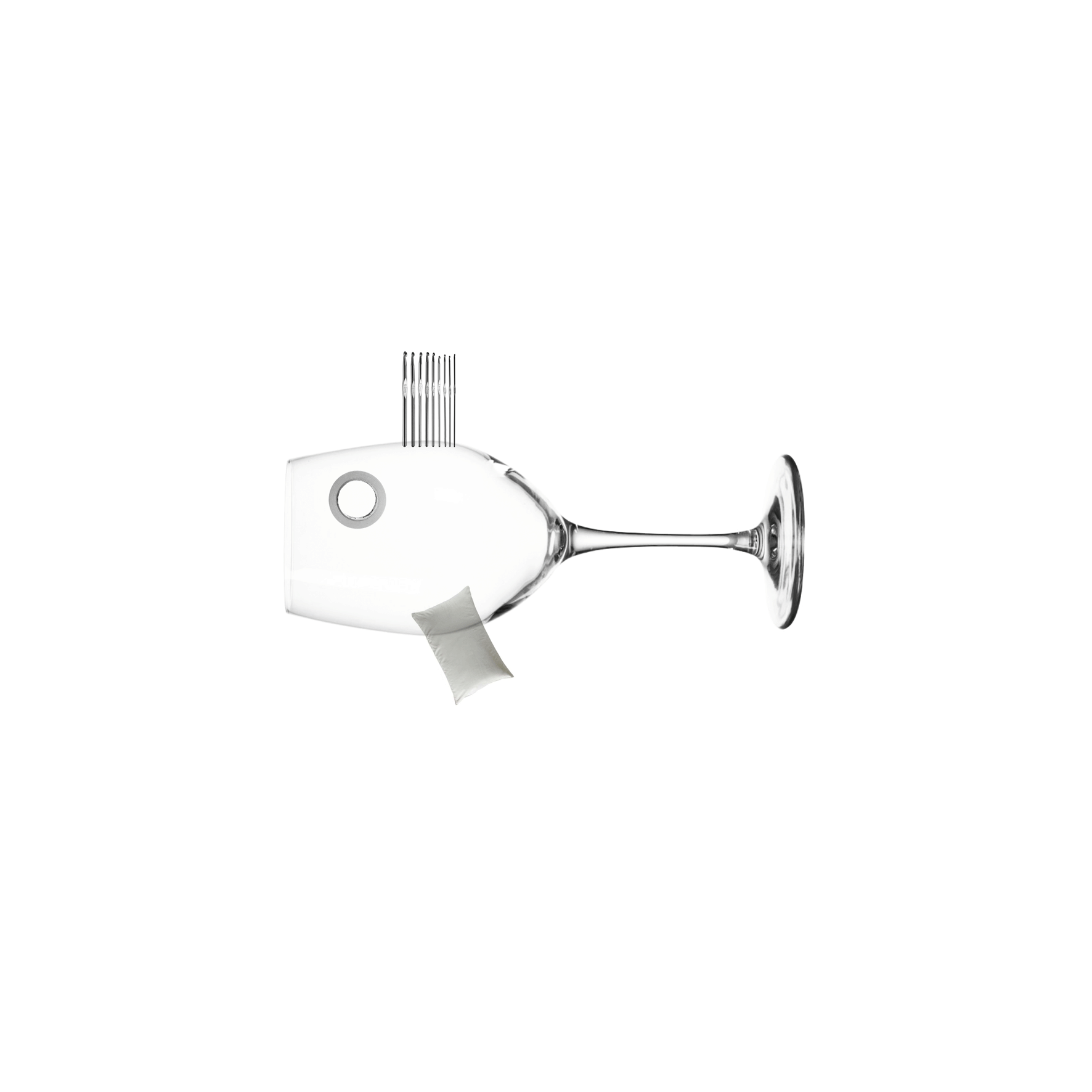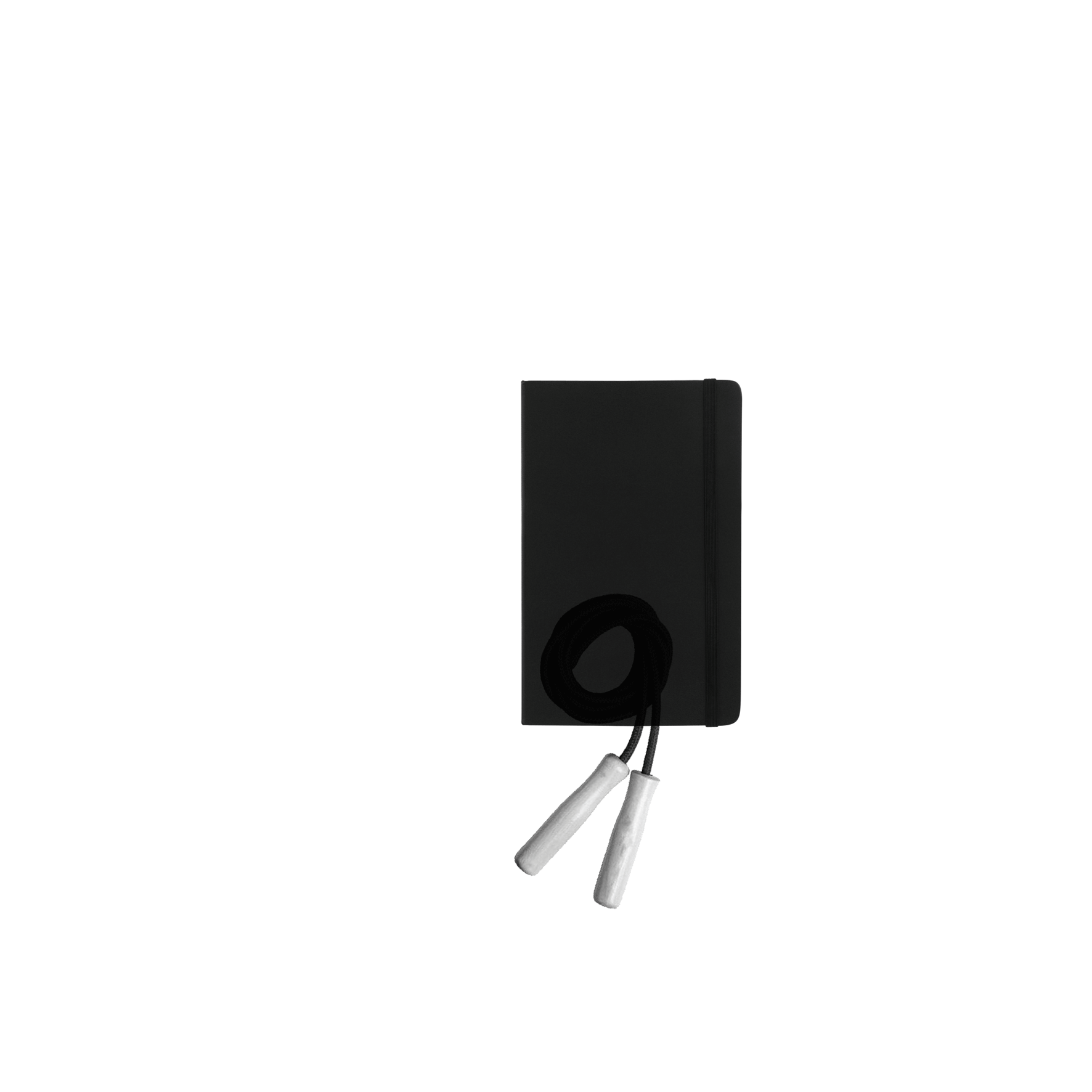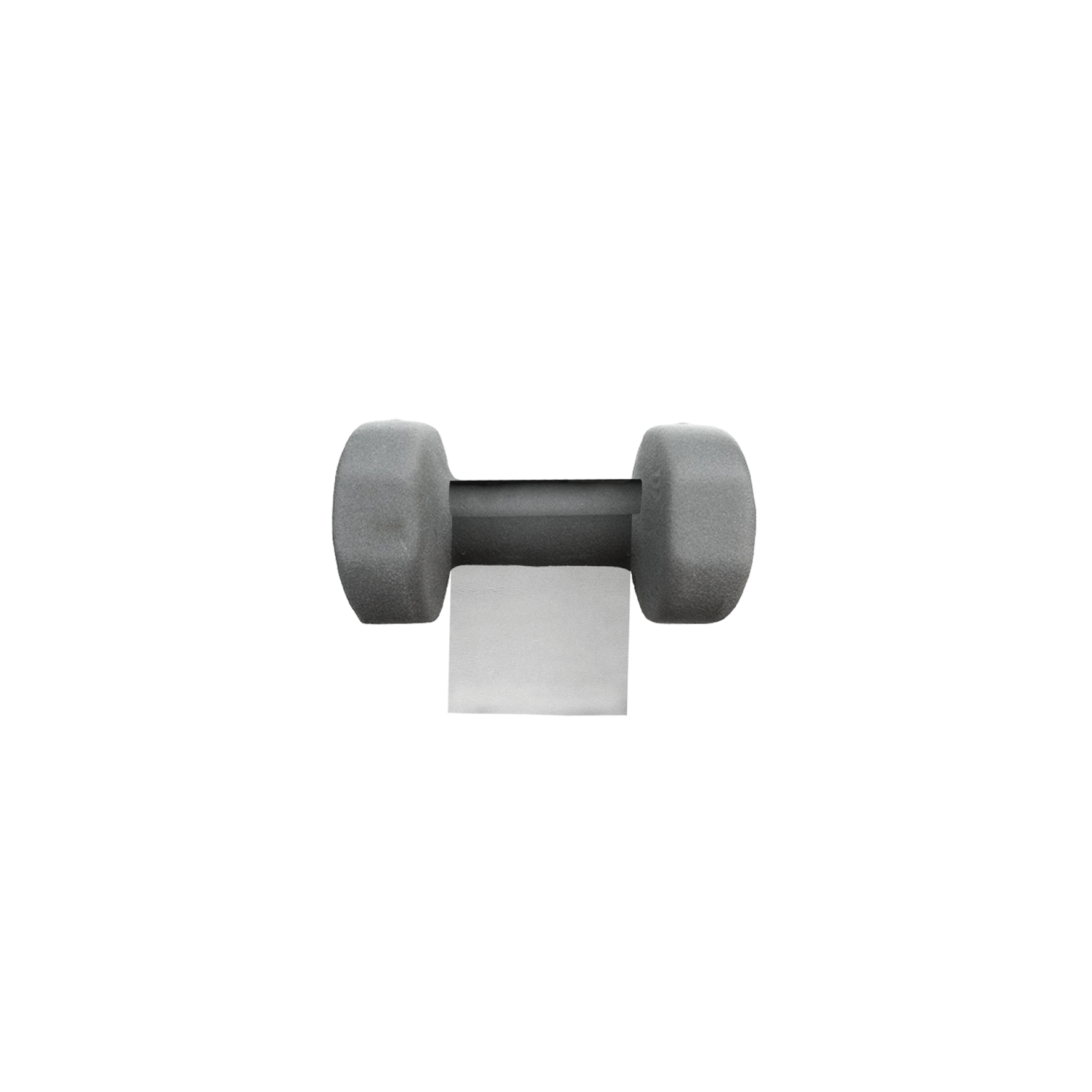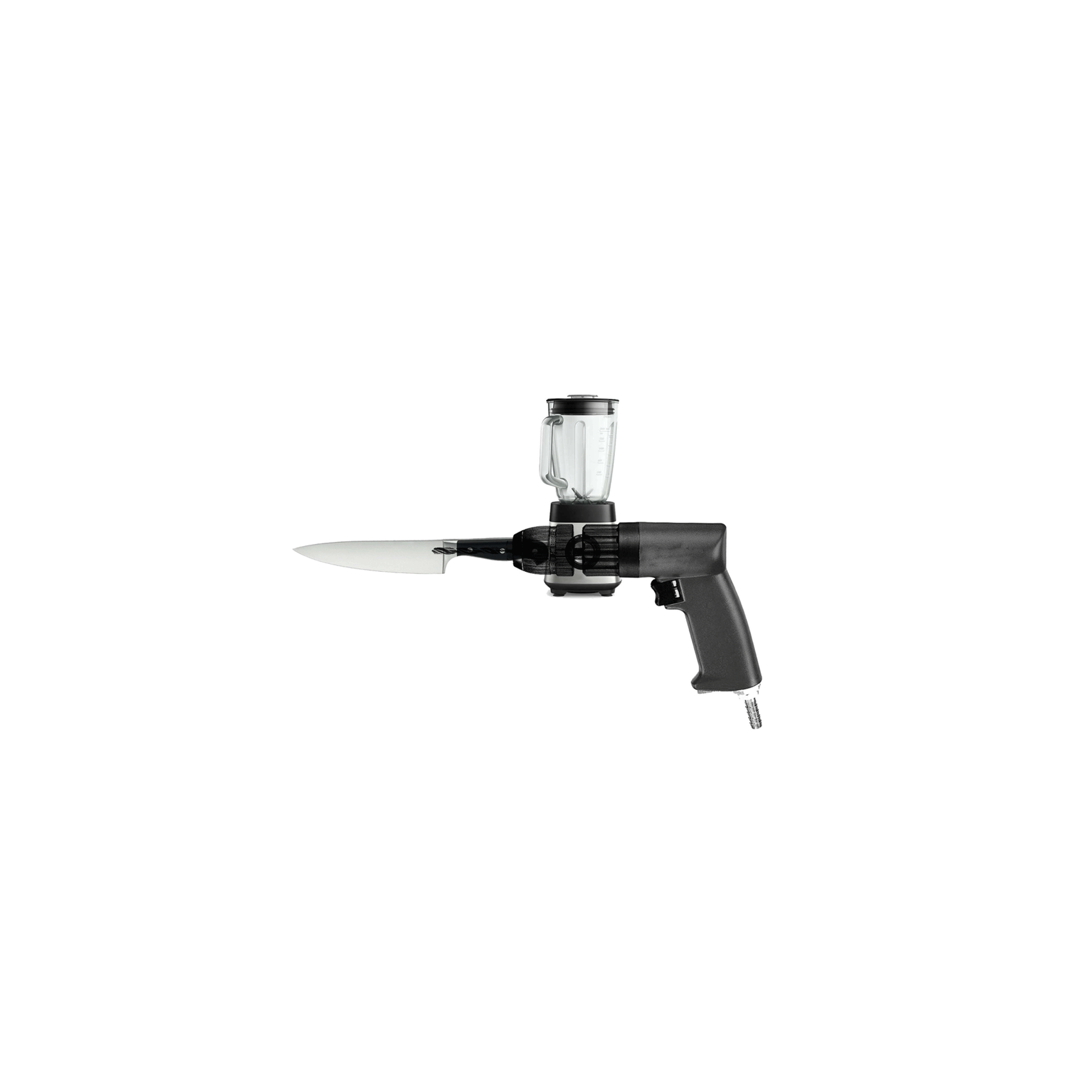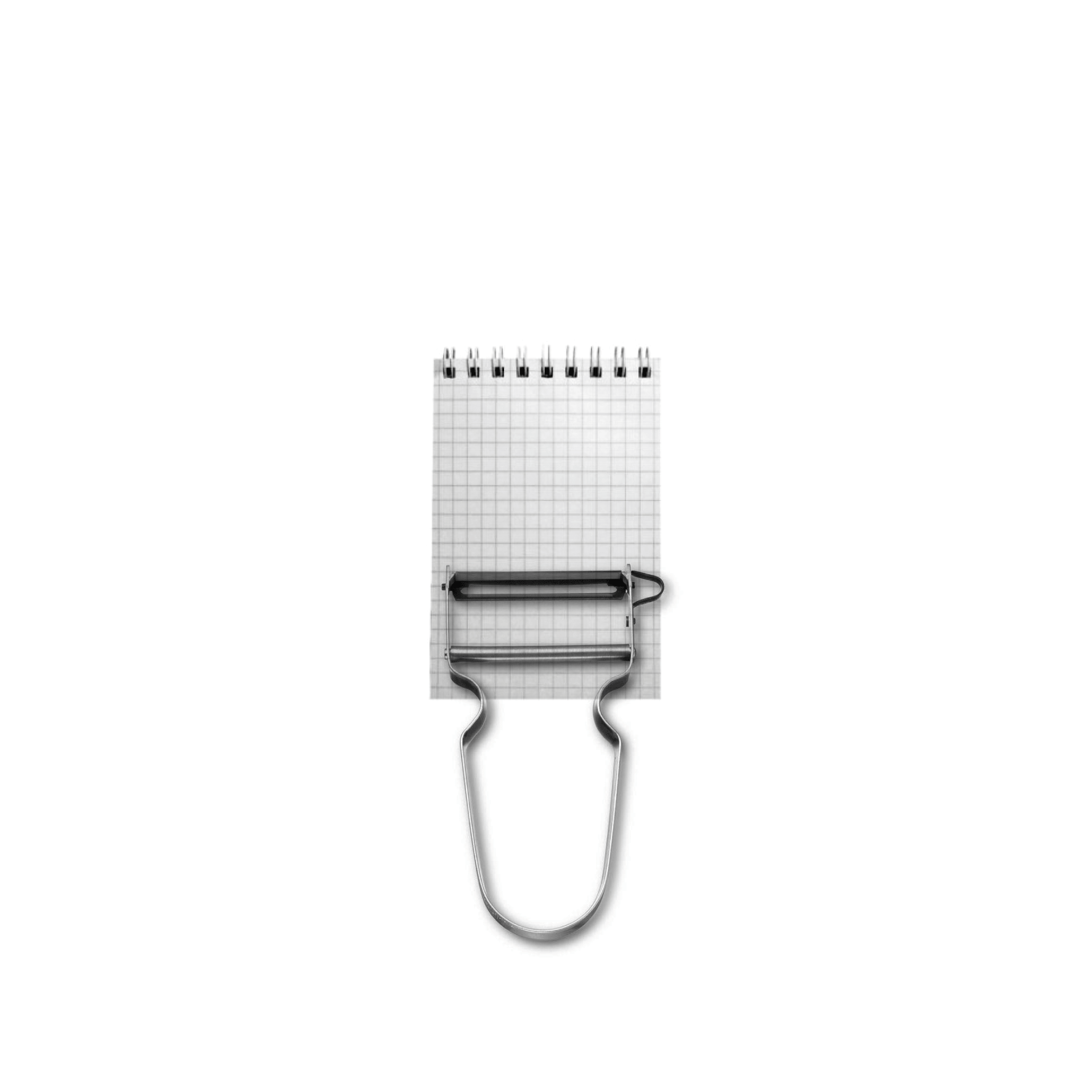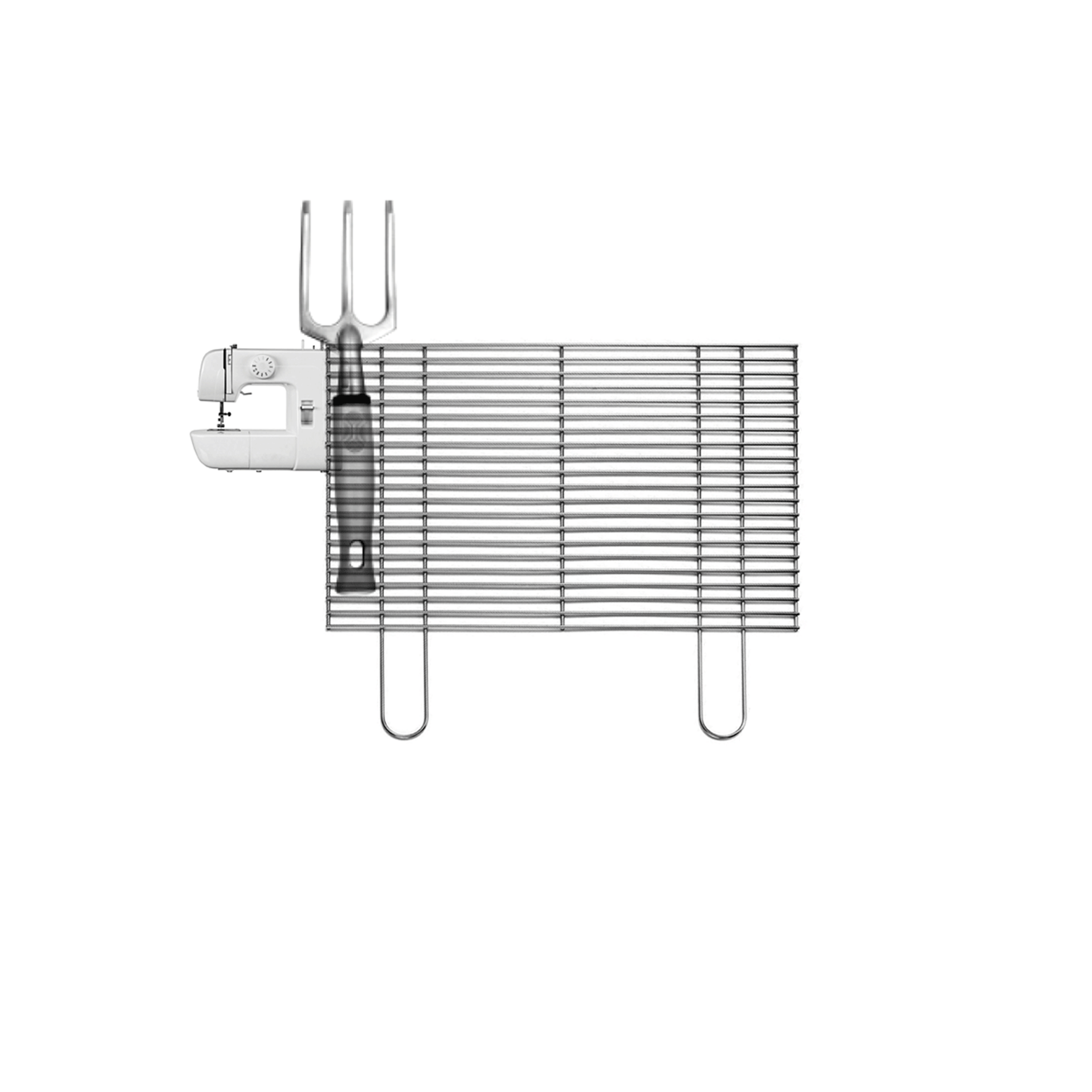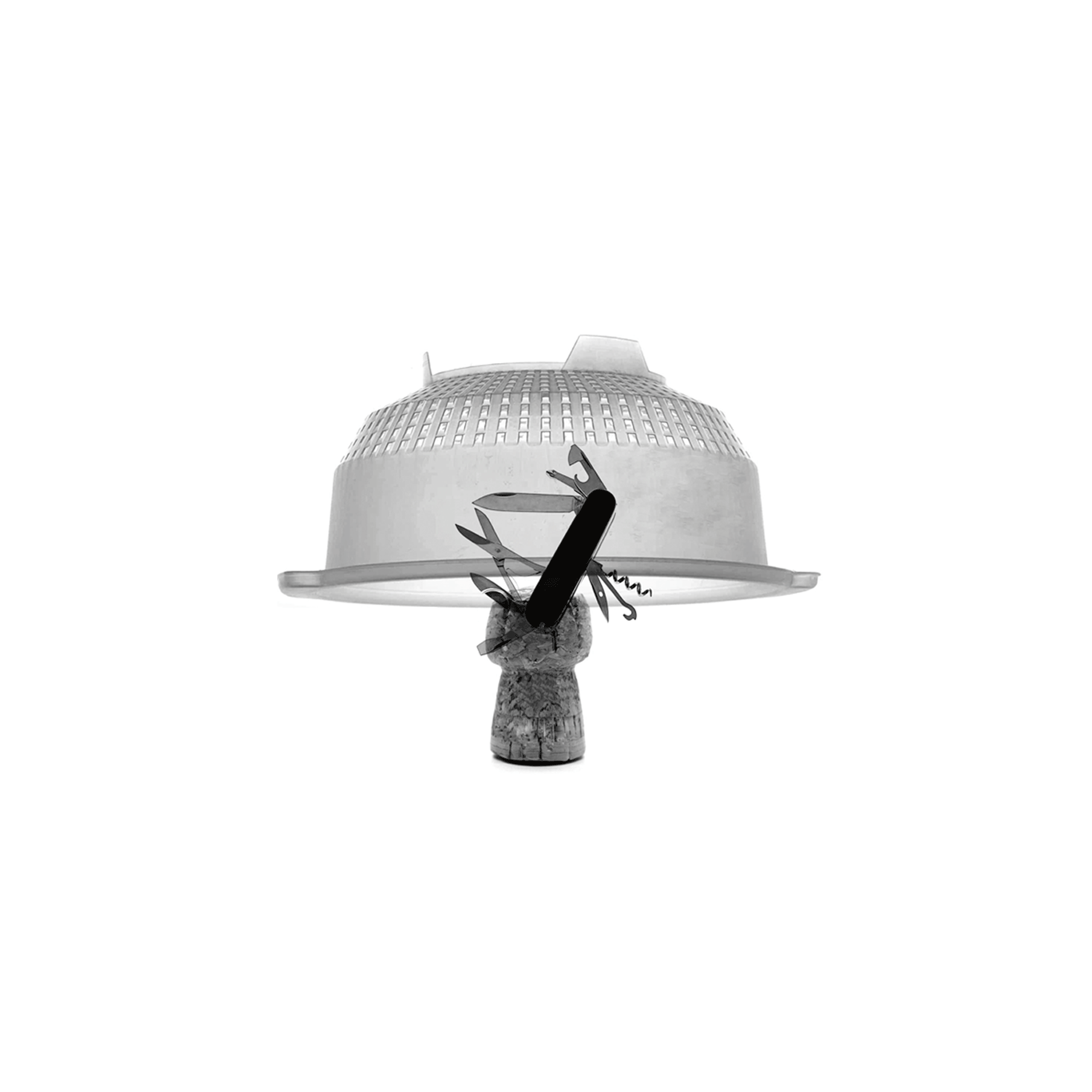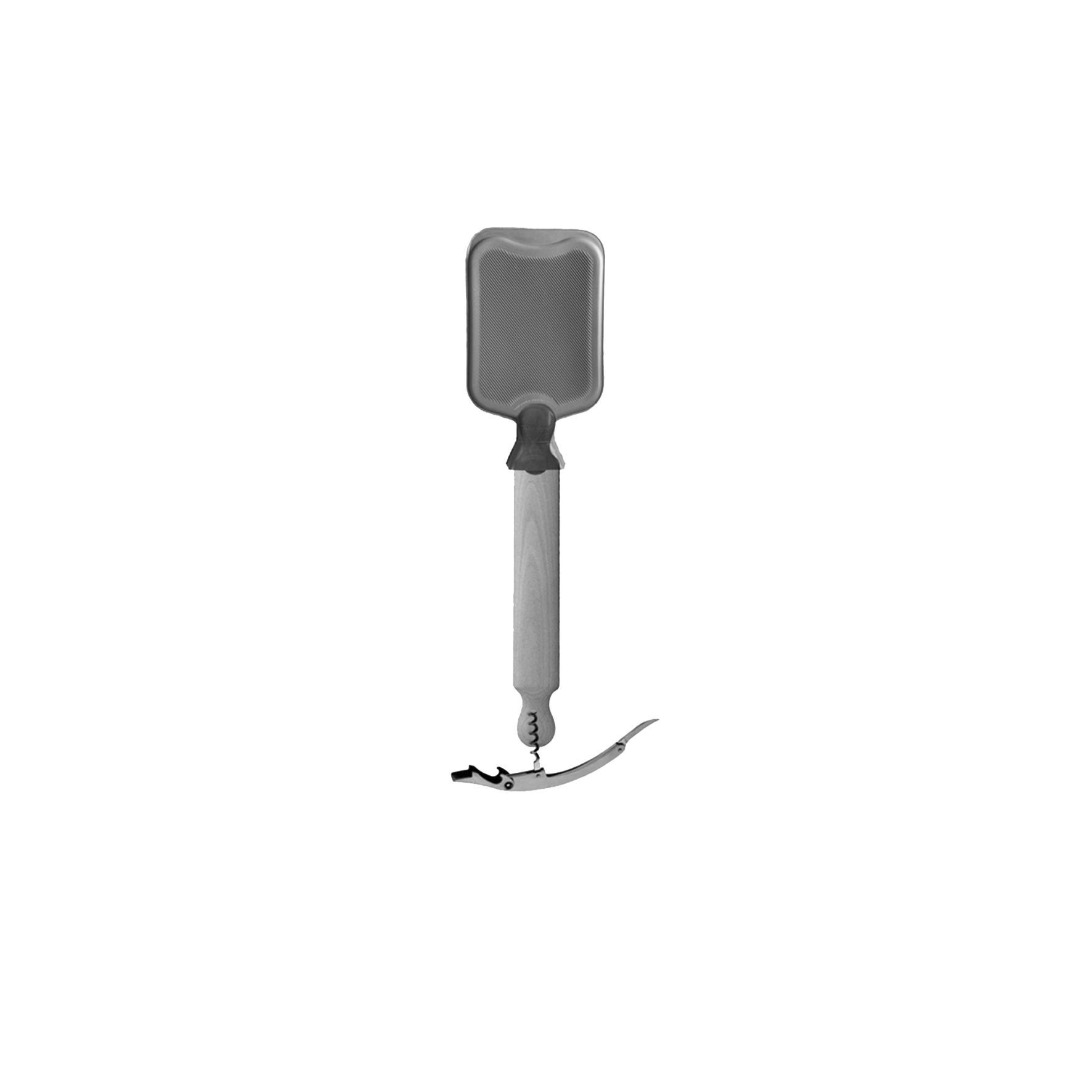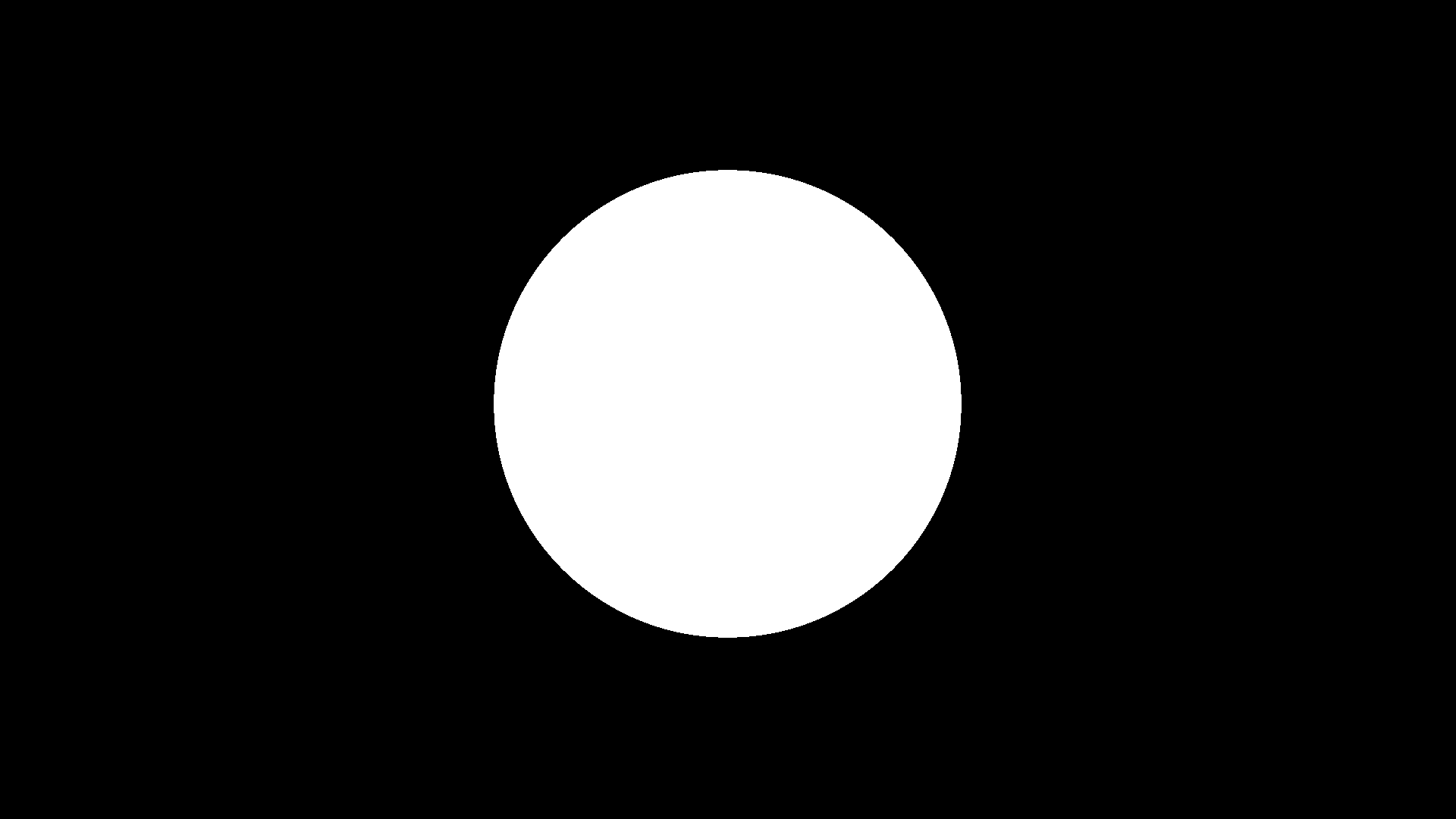A MAGIC BOOK
CURATED BY IZABELA ANNA MOREN
During the first months of the global pandemic in Spring 2020, Studio Rizoma issued an open call to collect the first European artistic responses to the pandemic and it's overcoming. Eleven Projects by seventeen international working in Sicily have been chosen by a selection commitee on the merit of their respective proposals, their multi-faceted and multimedia works come to life on this page where they can be seen and shared in times of isolation and beyond.
INTRODUCTION:
WHAT IF LOCKDOWN WAS A MATERIAL?
26 October 2020
Yesterday afternoon, the Italian government signed a new decree which forbids gatherings and events of any kind. Again. Raffaella Guidobono and I wander through Sunday’s Piazza Marina as the news start bubbling up and manifest rapidly on phone screens. Vincenzo, the singing owner of Cioccolateria Lorenzo barks at me as I move a chair to sit down and thereby destroy the tetris of distances. We all have to comply with ever changing rules, some of which seem arbitrary and all of which impact our liberty. Simone Mannino, one of eleven members of the jury that chose the artists of PANDEMOS and a great maker of theatre, meets me for an espresso. We sit down, sad and worried. Glutterbusted maybe. A joke about trigliata—Mannino’s famous dinner party equivalent to grilling Triglia fish substituting grigliata, a classical barbecue—lightens our faces as we think about these long evenings among friends. But the question presses on, will theatres close? At 13.40 he sends me a screen recording of Giuseppe Conte via WhatsApp; theatres will indeed close. As will everything else. Theatres, cinemas, project spaces, music venues, everything apart from museums shut. Economic activity stays. It is as if somebody had completely misunderstood the quote by Brian Eno: “Culture is everything we don’t need to do.” An immediate lingering sensation of loss, possibly grief. I remember the first time eating out with friends after the so-called reopening, an awkward joy that now seems reversed. At 18.00 o’clock I decide to go to the last concert before the new rules apply tomorrow. Arriving at the door of Tatum Art jazz bar, I write down my name and phone number on a sheet of paper which by now has become normal, and ask what date it is. “It’s the 25th, if it was the 26th we would already be closed,” Toto answers. The singer Serena Ganci moves onto the stage half hour later, she disinfects the microphone and laughs. Then she adds, “I have chosen not to express myself tonight if not through music, seeing that I will be silenced for some time. Sing with me.”
This is the situation we are re-experiencing right now. In the brief, Lorenzo Marsili and I wrote:
The Covid-19 crisis represents one of the most significant interruptions of daily life and business-as-usual of recent times. We wanted to seize on these extraordinary developments and engage a new generation of artists, thinkers and writers in the creation of artworks that will remain as witness to the pandemic event of 2020, while providing a mythopoetic contribution to the transformation of our unhappy, unsustainable, and unjust “normality”.
Weeks of lockdown starkly challenged us to redefine our previously held values. This applied both on an individual level – from our perception of time to that of personal relations, from our relation to objects, animals or plants to the reassessment of what holds meaning – as on a systemic level – with cultural institutions and artists forced to experiment with new ways of engaging their audiences and guaranteeing the continuation of creative output.
Glimpses of a different present, possible alterity, have been emerging from this lived experience. The land has been plowed. Has anything of value emerged? Can we pick it up and look at it closely? Understanding our respective practices as an act of care, a power capable of generating new realities, which potentialities should we nourish?
Reading Francois Jullien on the island of Pantelleria weeks later, I realise I expected the proposed works to have a narrow fils rouge, a cultural identity based on the social and political implications of the brief we had written. Jullien refuses the word identity in this context for it implies something fixed. Instead he proposed to see culture as a resource that is necessarily local and at the same time continuously changing. He writes that culture treated as resource has the capacity to grow our existential abilities, surmount the limitations of the self, leave integration into one world behind and hence abandon Unterwerfung to reach freedom—which he calls ex-istence. Importantly, no resource is too small or unimportant and no resource excludes another: both are beneficial. One doesn’t limit the other but together they add up. Resources belong tho those who make the effort to use them.
Starting with something seemingly easy, Marianna Maruyama proposes the question Where are you from? which the reader follows her in non-answering, in resisting the violence it imposes on those whose definition of home cannot not be one-dimensional, regardless of whether through choice or force. She makes clear to unlearn the simplified and wrong categorisation any answer to this question proposes, for there is no such simple answer anymore. Identity is not formed by nominating a single place but through the complex fragmentation of different places existing within oneself.
In Tre Aquile by Alessandro Librio, we follow the world of three eagles—sometimes seeing the birds eye view and sometimes observing their co-existence with the falconiere. The artist is interested in the sound the animals produce and the dialogue with his instrument, but also confronts questions of liberty, power and the freedom of movement in his choice of this symbolical bird and the location of Palazzo delle Aquile. There is one handicapped eagle which is stronger in the air than his companions; whom or what do we perceive as powerful?
Right now, certainly the virus. Part of its power stems from our inability to combat it, our way of seeing, of positioning it as an external enemy rather than a being of coexistence. In the excerpt of her novel Il Vivente the artist Oli Camilla Bonzanigo proposes exactly this, in her labyrinth of chapters named after body parts and organs the virus is one of us, alive with us as and through us as if it were a lung or an irrational heart. A living organism inside ours, she proposes we listen to.
We knew listening is important. And still we only listen to what we know, to what we want to know. In the research project Facciamo Il Bosco by Eliza Collin interviews locals, researchers—and plants. Connecting electrodes to the plants’ surface, the artist has collected extensive data on how the plants react to changes in soil humidity, air humidity, and heat. Transforming these frequencies into sound, she proposes a new language with which to listen to the small changes that make up the consequences of global warming. Luca Cinquemani, a plant cultivator, writer and researcher, points out the desperate need for a different language, one not dominated by the human classification of the world. What would a dialogue started by a plant be like? What co-habitant could a plant be if we didn’t call it a plant?
The oppressor’s language is something we speak of in the context of post-colonialism, a difficulty in representation. Stripping away video, images, and sound documentation from her work in the ghetto of Campobello, Lina Issa tries to protect and free the men from the image they have become in our minds and media. But language is just as culpable, in conversations they have and then the conversations we have, we try to untangle the fragments. That which we cannot speak or write about becomes the work, and the artist’s manoeuvring openly through her own discomfort to create and hold a space together is exactly what makes this possible.
Space and place are in relation with each other. Approaching a similar topic differently, the writer and editor Salvatore Peluso invites us to the experience the cemetery of ships in his native Augusta, a small seaside town, nestled in a triangle of Sicily that is marked and depleted by the petrochemical industry. His popular tours on dinghies are both a parody and an important reality that will not be publicised in the region’s next advertising campaign. In the excursions—aperitivo included—he holds with groups of friends and strangers the cemetery is given the same attention as the island’s turquoise water and pristine sandy beaches.
Both people and places become vehicles to combat loneliness. Using the surplus time offered by the pandemic to revisit his extensive but forgotten archives, painter Michele Bubacco finds comfort in picking up these past works that are familiar. The seven short snippets created with the jingles of Santabinder, one for each day of the week, become invitations to a party that may not happen—an ode to the lively piazze of Palermo as pillars of encounter where public sphere and intimacy still coexist.
Focussing on the inside, Michelangelo Ferrara and Carlotta Berti have revisited the intimacy and interiors of the spaces in which we have accumulated most of our personalities within the last months. For their short film Pandemos, named after the exhibition, the duo has visited flats and studios of citizens from diverse parts of Palermo and the periphery, united in an intimate portrait of the feelings lived inside these spaces.
Oggetti Pandemici takes it from here, uncovering our occupation with and relation to the objects around us in times of confinement. What becomes important? From their extensive interviews, Roberto Lentini and Michele Cammarata construct a vision that is both frantically obsessed with staying busy reflected in the type of objects nominated—all are ‘useful’—and at at the same time resulting in a meditative flow facilitated through the concentration and dedication which these objects assist in unlocking.
Picking up the readings of the pandemic offered by the subconscious, Leviathan by the collective Studio Luminescent presents a deep dive into the world of Jungian philosophy and the world of dreams. Conceived as a concept album with seven separate audio-visual tracks, it offers a meditative interior journey with vocal oracles for each week day and from each continent, as well as music composed to allow space for both despair and enthusiasm.
Opening up to the dark side, artist Ignazio Mortellaro has set up the performance piece Requiem For Numbers. The long-duration piece with music by Roots in Heaven is performed by Jesse Gagliardo who reads out loud the 456 numbers from the daily bolletino which during the 114 days of lockdown announced the daily numbers of new coronavirus diagnoses, victims, hospitalisations in intensive care and tests made. Questioning the nature of how we relate and how we mourn death, the impersonal nature of numbers, and the exhausting impossibility of identifying with such dehumanising representation is reflected in the performer’s struggle which we share as we observe him.
It took me a long time to figure out what PANDEMOS is about, what is the shared element between pandemos, that which regards us all and pandemos, all demons that find a home in the pandemonium? In Personal Support: How To Care? the author Jan Verwoert writes:
“Thinking through the social model of the Pandemonium, I came across this children’s programme called Foster’s Home of Imaginary Friends. Foster lives in this imaginary villa, which is a foster home for imaginary friends, one more strange and monstrous than the other. He hangs out with them after school. Living in one house with your demons, in the pan-demonium like Foster does, is for me a utopian state. There is no need for the economical operation of calling up demons quite simply because they are all already there, and most came without ever being called. They came to call on their own accord. That’s how it is with the voices who inspire you, from which you receive your calling. Like the lion, they show up in your life one day, in your study, your studio, and won’t leave. So what do you do? Talk to them. Live with them. You can’t call that an economy, it’s a form of conviviality. It’s a utopian situation, of course, but a good home, an ideal studio, should perhaps be a little like a Pandemonium, a chaotic household of weird creatures living together.”
After spending a week in the company of the Cypriot artist Phanos Kyriacou, at the this moment in which we cross the Garibaldi bridge in Rome, I finally understand what ties PANDEMOS together. I ask the artist when he’ll visit the Vatican Museums the next day, and he answers that he doesn’t want to be stuck in the museum for the entire day. He has just opened a show at a museum in Rome, I understand he may need to return there for work purposes. “No,” he says, “I mean the Vatican. I don’t want to spend the whole day there, I’m tired.” How come this maker of sophisticated sculptures and observant films isn’t interested in forcing himself to see one of the world’s greatest museums? Earlier, at the Capitolini Museums, he confuses a woman when photographing an antique wall piece, carelessly blotted with paint, which is not part of the exhibition. “You see, it’s not important,” he says and laughs. Attention is a choice.
PANDEMOS is about paying attention. Every work pays attention to something different, many to multiple things at once. We’ve paid attention to other humans. We’ve paid attention to other animals. We’ve paid attention to other species. We’ve paid attention to ourselves. This is the conviviality Verwoert speaks about.
All works have built relations, some within myself, some with the artists, others between them and their chosen subjects, collaborators, friends and lovers. I am certain that work is made better where the relations are strong, and I have wondered whether I myself have always offered to be present in such relations. To stay with the trouble, after Donna Haraway. To hold a space, as Lina Issa would say. To be clear, as I have learned. To not make promises one cannot keep, as Lorenzo has taught me.
PANDEMOS started with meetings with the selection committee and their outstanding commitment to the artists and their works which meant to put oneself in the state of dissent, make decisions and confront one’s own biases, desires and reactions. No small feature after three months in isolation but you don’t forget how to ride a bike. I want to thank the artists, the selection committee and Marta, Letizia, Eva, Lorenzo, Patrizia, Ségolène of Studio Rizoma—all of whom will ensure that we carry these conversions forward and continue to pay attention.
Transforming time into attention is what PANDEMOS is about, and one of the only ways to implement immediate political change personally. Rather than proposing a seamless new identity, this project marks the first European answer to the pandemic. Like a magic book or Borges’ library it builds stairways, out of lockdown.
ARTIST BIOGRAPHIES
BIOGRAFIE DEGLI ARTISTI
english
italiano
Ignazio Mortellaro (Palermo, 1978) lives and works between Palermo and Berlin. After a degree in Engineering and Architecture, a research project at the Study Centre of the Faculdade de Arquitectura de Porto and two years spent between South America and Filicudi, he decided to concentrate his research in the visual arts combining his interest in many disciplines such as science, philosophy, geography and literature. In 2017 he founded Radiceterna Arte e Ambiente, a platform for the research and promotion of contemporary art, with which he curated a series of exhibitions (Allora & Calzadilla, Katinka Bock, Björn Braun) and an editorial series published by Hopefulmonster (Turin).
Michele Maria Cammarata (Caltanissetta, 1976). Architect and PhD in Design, Communication and Visual Expression, contract professor of Industrial Design at the Department of Architecture in Palermo. His research and activity mainly occupies some areas of graphic design, exhibition design, and interior design.
He lives and works in Palermo.
Roberto Lentini (Palermo, 1983) is an architect. The fields of application of his work include visual arts, interior design and product design. He lives and works in Palermo.
Michelangelo Ferrara (1990) and Carola Berti (1987). Michelangelo is a producer and director of photography. After two years at the Academy of Fine Arts, in 2014 he was admitted to the Experimental Centre of Cinematography, where he graduated in Documentary in 2018. Some of the films he worked on won awards and were screened at the Venice Film Festival in 2017 and 2019 ("L'ombra della Sposa" by A. Pescetta and "La Mafia non è più Quella di una Volta" by F. Maresco). As a producer, he founded R4Real in 2019 and produced the film "Aylesbury Estate" which, at the moment, was presented at the Sheffield Doc/Fest Rough/Ready and at the Festival dei Popoli (Doc at Work) in 2019.
STUDIO LUMINESCENT is a rookie group of artists (Marco Cassarà, Fausto Cassarà, Mia De Las Casas and Luca Campanella) who share the same impulse to respond to the intellectual urgencies related to your project. The poetics of Studio Luminescent is inspired by the phenomenon of luminescence and insights, and aims to carry on a research dialogue open to new experimentations and various collaborations. A new project dedicated to the suggestions on the Afterlife is already being conceived.
Alessandro Librio Sicilian sound-artist and performer, Alessandro Librio lives in Palermo. His most recent work includes the installations Zefr-0 (Turin, FONDAZIONE MERZ 2019)BLIND MUSIC (Tokyo, for Alfa Romeo Japan 2018); BIRDSQUARTET for a fying string quartet (Manifesta12 Collateral Events, Lo Spasimo di Palermo 2018); Winner of the residency at the TOKAS Institute of Contemporary Arts and International Cultural Exchange, Tokyo (2018); Il Suono dei Fiumi, urban installation (Palermo historic center, 2017); MFTQ Studio N.3 (Nesxt, Turin, 2016); Music for the Queen for piano and 100,000 bees (Villa Borghese, Rome, 2015); Recondito (Expo Milano, 2015); Post-Frontier for the architects Canotoni and Pagliaro (14th Venice Architecture Biennale); MFTQ Studio N.1, FAM Award (Fabbriche Chiaramontane, Agrigento) Palermo in Venice, urban installation (54th Venice Art Biennale, Italian Pavilion, Venice historic center); Egg Trilogy (EB & Flow Gallery, London); “3” (Waterside project Space, London); Pelle (OpenHouse Gallery, New York 2008).
Michele Bubacco (Venice, 1983) lives and works between Vienna and Palermo, finding in this one a complementary stimulus in Vienna, balancing the vision between these two different approaches and jumping on foot even in Venice, the birthplace of the city, perhaps just for a few occasional dives.
Santabinder alias Carlo Santacaterina has been based in Palermo for several years, composing and creating jingles, soundtracks and psychedelic folk ballads with a low-fi and do it yourself attitude.
Salvatore Peluso (Oristano, 1989) is a Sicilian architect, journalist and curator. After 10 years of experience in Milan, he returned to Augusta (SR) in 2019 to develop paths linking education and architecture. He has been a regular contributor to the magazine Domus since 2016. He also writes for other art, architecture and design magazines under the pseudonym Rosario Spagnolello. In Domus he often writes about the possibility of imagining the city in an alternative way.
Oli Bonzanigo (Milan, 1989) was born in 1989 in the Lombard rice paddies, studied science, fled to London at the age of 18 where she attended an anarchist art academy located in a bomb factory. She re-emerged in the rice paddies at the age of 22 where since 2012 she has been working in a historic lost wax bronze foundry, facilitating research projects of young artists in close dialogue with one of the oldest casting techniques in the world. She lives and works between Italy, North Africa and Portugal. Her work moves amphibiously between art, technique, writing, anthropological and scientific research.
Lina Issa works on performances, videos, interventions in organisations, curate festivals, cultural programs and table talks, design and cook food events where embodied memory and story telling are triggered and guided by tasting and eating. She collects and narrates stories. She wrote a novel and has started writing on methodologies of working with communities, with care at the Museum of World Cultures in The Netherlands. Through her work she creates the conditions to practice empathy and hope for they are labour, to unlearn identity, to listen to and speak through the body, to have detailed encounters, and to establish vulnerability as a norm.
Marianna Maruyama works with the body and voice as primary agents in her practice. She uses translation as an artistic method to reveal the complexity of multilingualism, interpreted to encompass not only verbal language, but also culture, image, sound, and movement. She has tutored at the Dutch Art Institute, guest lectured at The Gerrit Rietveld Academie, Amsterdam, and is an artist-researcher at the invitation of the Sedje Hémon Foundation in The Hague.
Eliza Collin (Cornwall, 1993) moved to Sicily in 2018 with her partner Pietro Librizzi, a resident of Petralia Soprana. Their intention was to found 'casapiena microcentro', an artist-run space bringing foreign cultural agents to inspire curious minds of the area and re-qualifying a building towards an education-oriented public offering. She has worked on projects exploring the resonance of materials, circular systems of environmental clean up and material imitation / making value from waste.
Ignazio Mortellaro (Palermo, 1978) vive e lavora tra Palermo e Berlino. Dopo una laurea in Ingegneria e Architettura, un progetto di ricerca presso il Centro Studi della Faculdade de Arquitectura de Porto e due anni trascorsi tra sud America e Filicudi, decide di concentrare la propria ricerca nel campo delle arti visive combinando così l’interesse per molte discipline quali la scienza, la filosofia, la geografia e la letteratura. Nel 2017 fonda Radiceterna Arte e Ambiente, una piattaforma per la ricerca e la promozione dell’arte contemporanea, con cui cura un ciclo di mostre (Allora & Calzadilla, Katinka Bock, Björn Braun) e una collana editoriale pubblicata da Hopefulmonster (Torino).
Michele Maria Cammarata (Caltanissetta, 1976) Architetto e PhD in Design, Comunicazione ed Espressione Visiva, professore a contratto di Disegno Industriale presso il Dipartimento di Architettura di Palermo. La sua ricerca e la sua attività occupa principalmente alcuni ambiti di del progetto grafico, dell’allestimento, e del progetto di interni.
Vive e lavora a Palermo.
Roberto Lentini (Palermo, 1983) è un architetto. I campi di applicazione del suo lavoro comprendono le arti visive, la progettazione d’interni e il design del prodotto. Vive e lavora a Palermo.
Michelangelo Ferrara (1990) e Carlotta Berti (1987). Michelangelo è un produttore e direttore della fotografia. Dopo due anni frequentati all’Accademia di Belle Arti, nel 2014 è stato ammesso al Centro Sperimentale di Cinematografia, dove ha conseguito il diploma in Documentario nel 2018. Alcuni tra i film ai quali ha lavorato hanno vinto premi e sono stati proiettati alla Mostra del Cinema di Venezia nel 2017 e nel 2019 ("L'ombra della Sposa" di A. Pescetta e "La Mafia non è più Quella di una Volta", di F. Maresco). Come produttore, ha fondato R4Real nel 2019 e prodotto il film “Aylesbury Estate” che, al momento, è stato presentato allo Sheffield Doc/Fest Rough/Ready e al Festival dei Popoli (Doc at Work) nel 2019.
STUDIO LUMINESCENT è un esordiente gruppo di artisti (Marco Cassarà, Fausto Cassarà, Mia De Las Casas e Luca Campanella) accomunati dallo stesso impulso di rispondere alle urgenze intellettuali affini al vostro progetto. La poetica di Studio Luminescent si ispira al fenomeno della luminescenza e degli insight, e si propone di portare avanti un dialogo di ricerca aperto a nuove sperimentazioni e svariate collaborazioni. È già in ideazione un nuovo progetto dedicato alle suggestioni sull’Aldilà.
Alessandro Librio Sound-artist e performer Alessandro Librio vive a Palermo. Tra i più recenti lavori ricordiamo le installazioni Zefr-0 (Torino, FONDAZIONE MERZ 2019) BLIND MUSIC (Tokyo, per Alfa Romeo Japan 2018); BIRDSQUARTET per quartetto d'archi volante (Manifesta12 Eventi Collaterali, Lo Spasimo di Palermo 2018); Vincitore della residenza presso l'Institute of Contemporary Arts and International Cultural Exchange TOKAS di Tokyo (2018); Il Suono dei Fiumi, installazione urbana (Palermo centro storico, 2017); MFTQ Studio N.3 (Nesxt, Torino, 2016); Music for the Queen per pianoforte e 100.000 api (Villa Borghese, Roma, 2015); Recondito (Expo Milano, 2015); Post-Frontier per gli architetti Canotoni e Pagliaro (14°Biennale di Venezia Architettura); MFTQ Studio N.1, Premio FAM (Fabbriche Chiaramontane, Agrigento) Palermo a Venezia installazione urbana (54°Biennale di Venezia Arte, Padiglione Italia, Venezia centro storico); Egg Trilogy (EB&Flow Gallery, Londra); 3 (Waterside project Space, Londra); Pelle (OpenHouse Gallery New York 2008).
Michele Bubacco (Venezia, 1983) vive e lavora tra Vienna e Palermo, trovando in questa uno stimolo complementare a Vienna, trovando in questo uno stimolo complementare a Vienna, bilanciando la visione tra questi due diversi approcci e saltando a piedi anche a Venezia, città natale della città, forse solo per qualche immersione occasionale.
Santabinder da alcuni anni basato a Palermo, compone e crea jingle, soundtrack e ballate folk psichedeliche con attitudine low fi e DIY - do it yourself.
Salvatore Peluso (Oristano, 1989) è un architetto, giornalista e curatore siciliano. Dopo 10 anni di esperienza a Milano è tornato nel 2019 ad Augusta (SR) per sviluppare percorsi che legano educazione e architettura. Collabora stabilmente con la rivista Domus dal 2016. Scrive anche per altre riviste di arte, architettura e design con lo pseudonimo Rosario Spagnolello. Su Domus scrive spesso sulla possibilità di immaginare la città in maniera alternativa.
Oli Bonzanigo (Milano) nata nel lontano 1989 nelle risaie lombarde, studi scientifici, fuga londinese a 18 anni dove frequentava un'anarchica accademia d'arte situata in una fabbrica di bombe, riemersa nelle risaie a 22 anni dove dal 2012 lavora in una fonderia storica di bronzo a cera persa, alla facilitando progetti di ricerca di giovani artisti in stretto dialogo con una delle tecniche di traduzione più antiche del mondo. Vive e lavora tra l'Italia, il Nord Africa ed il Portogallo. Il suo lavoro si muove anfibio tra arte, tecnica, scrittura, ricerca antropologica e scientifica.
Lina Issa si occupa di performance, video, interventi in organizzazioni, cura festival, programmi culturali e table talk, progetta e cucina eventi gastronomici dove la memoria incarnata e il racconto di storie sono innescati e guidati dalla degustazione e dal mangiare. Raccoglie e racconta storie. Ha scritto un romanzo e ha iniziato a scrivere sulle metodologie di lavoro con le comunità, con cura presso il Museo delle Culture del Mondo in Olanda. Attraverso il suo lavoro crea le condizioni per praticare l'empatia e sperare che siano lavoro, per disimparare l'identità, per ascoltare e parlare attraverso il corpo, per avere incontri dettagliati e per stabilire la vulnerabilità come norma.
Marianna Maruyama lavora con il corpo e la voce come agenti primari nel suo studio. Usa la traduzione come metodo artistico per rivelare la complessità del multilinguismo, interpretato in modo da comprendere non solo il linguaggio verbale, ma anche la cultura, l'immagine, il suono e il movimento. È stata docente presso l'Istituto d'Arte Olandese, ospite dell'Accademia Gerrit Rietveld di Amsterdam, ed è artista-ricercatrice su invito della Fondazione Sedje Hémon dell'Aia.
Eliza Collin (Cornovaglia, 1993) si è trasferita in Sicilia nel 2018 con il suo compagno Pietro Librizzi, residente a Petralia Soprana. La loro intenzione era quella di fondare 'casapiena microcentro', uno spazio gestito dall'artista che portasse gli agenti culturali stranieri ad ispirare le menti curiose della zona e a riqualificare un edificio verso un'offerta pubblica orientata all'educazione. Ha lavorato a progetti che esplorano la risonanza dei materiali, i sistemi circolari di pulizia ambientale e l'imitazione dei materiali e la valorizzazione dei rifiuti.
